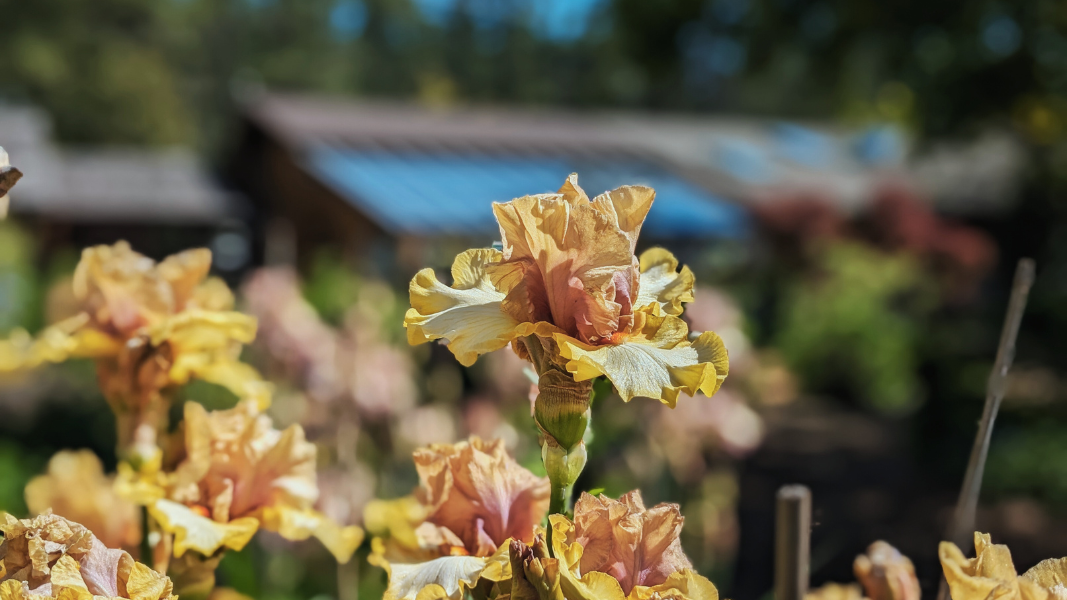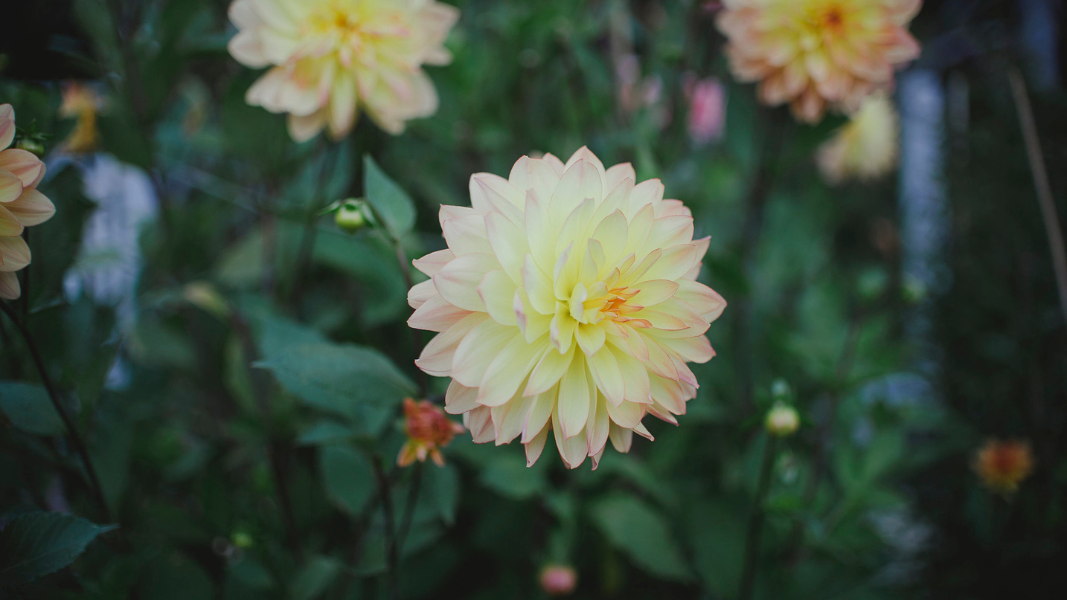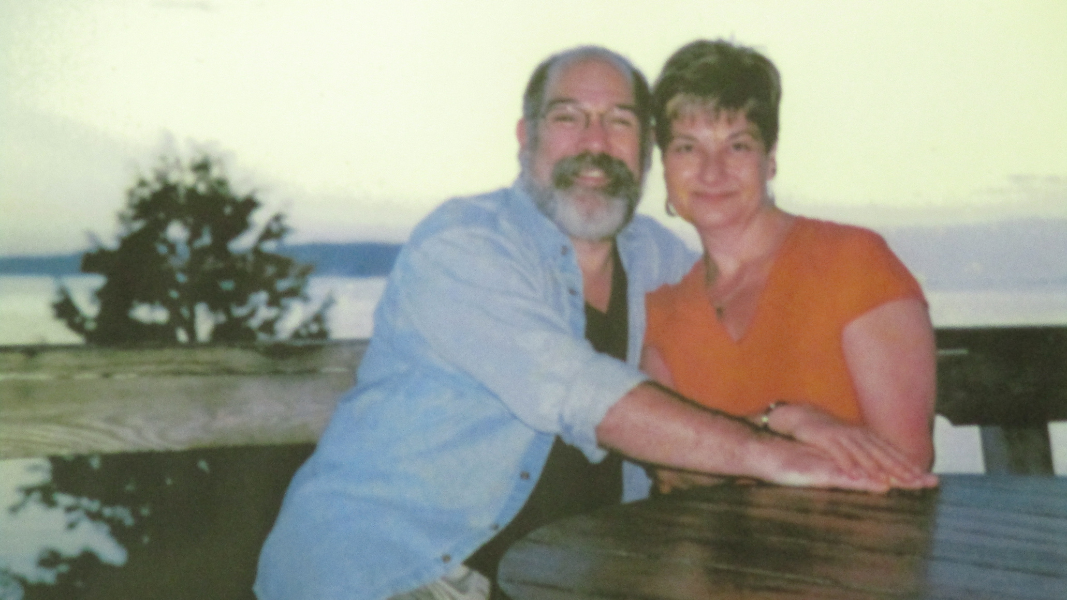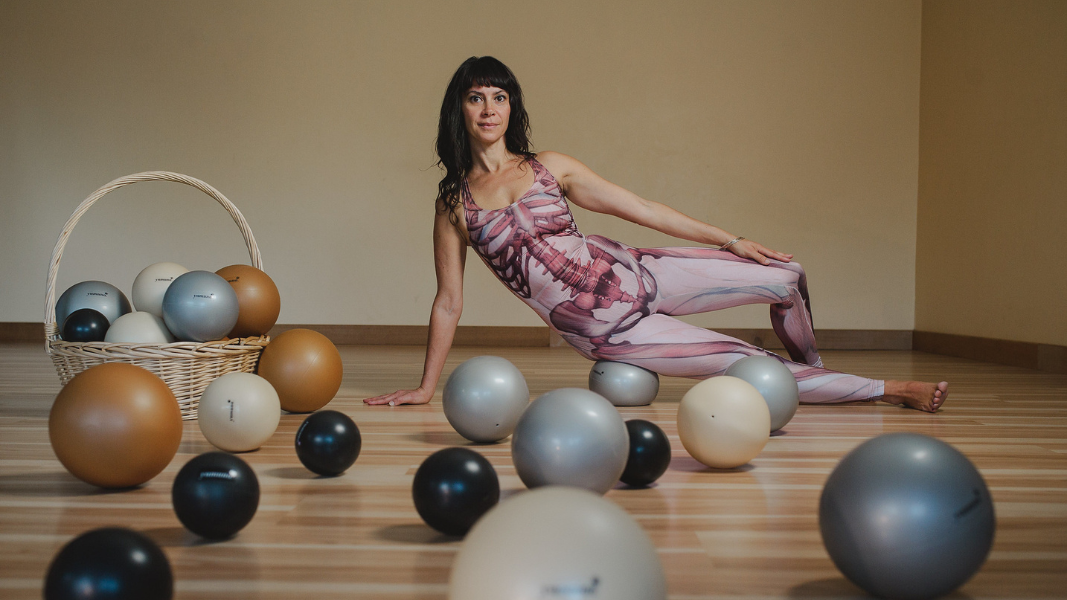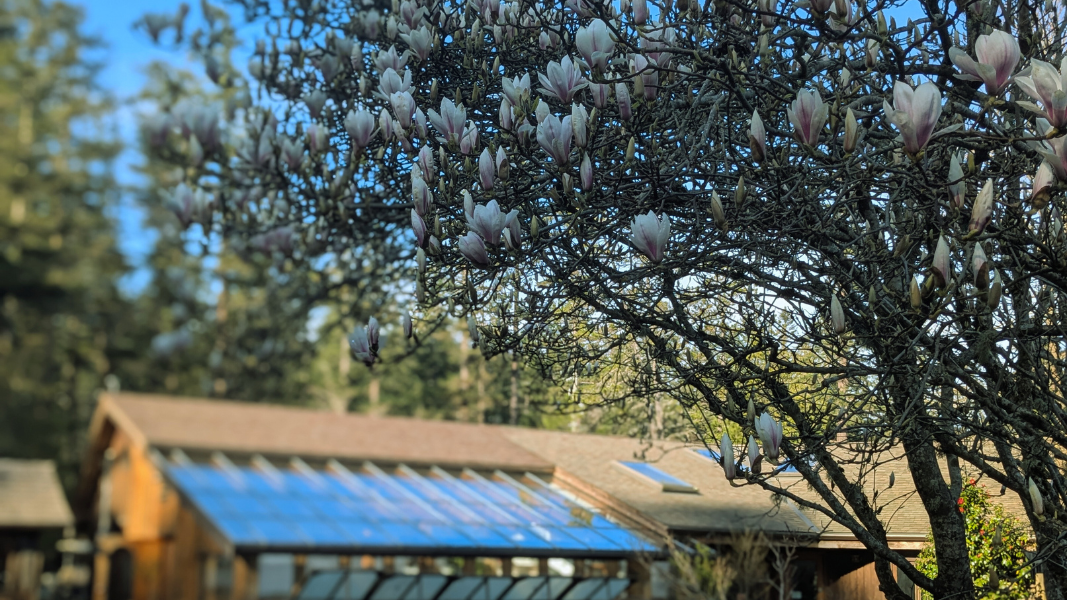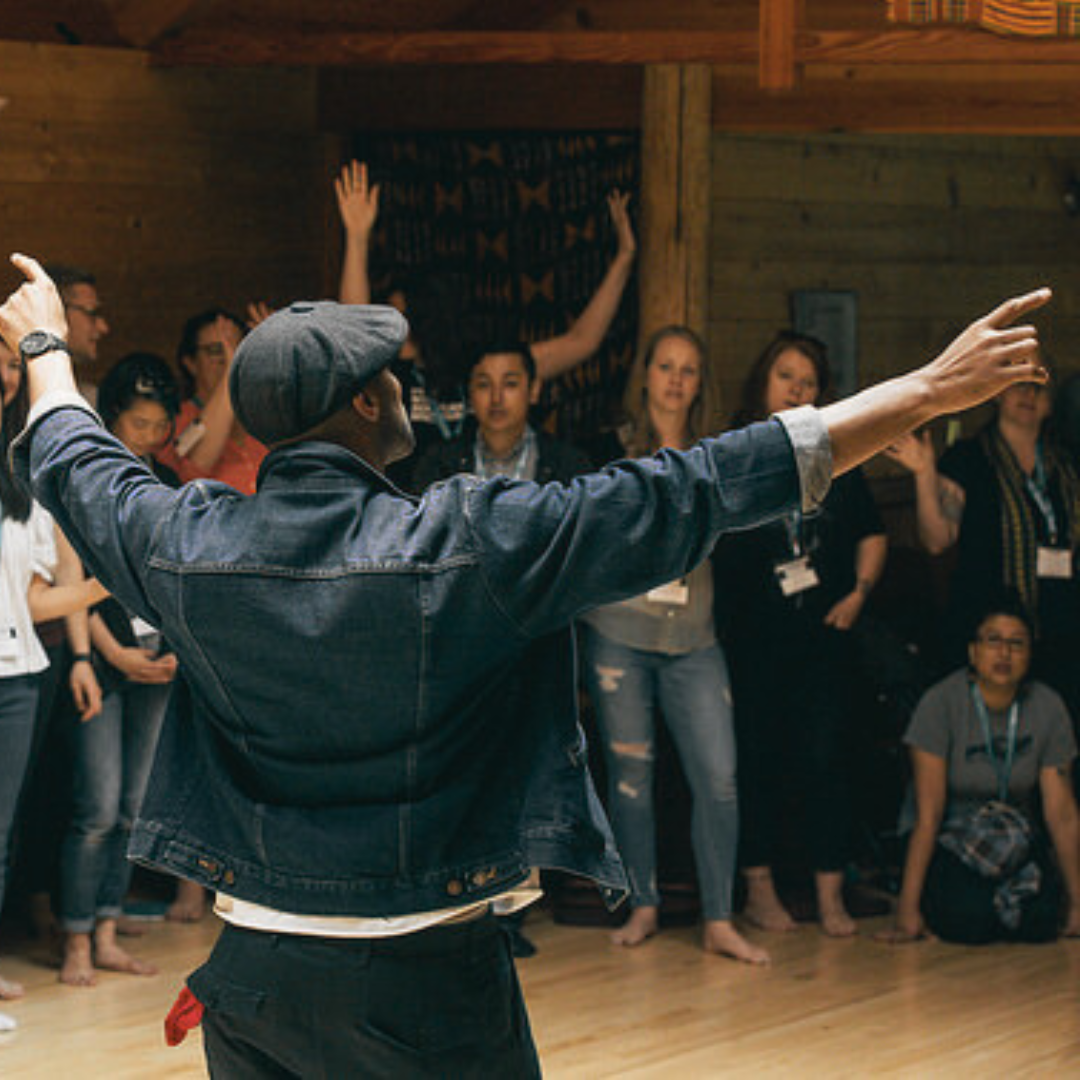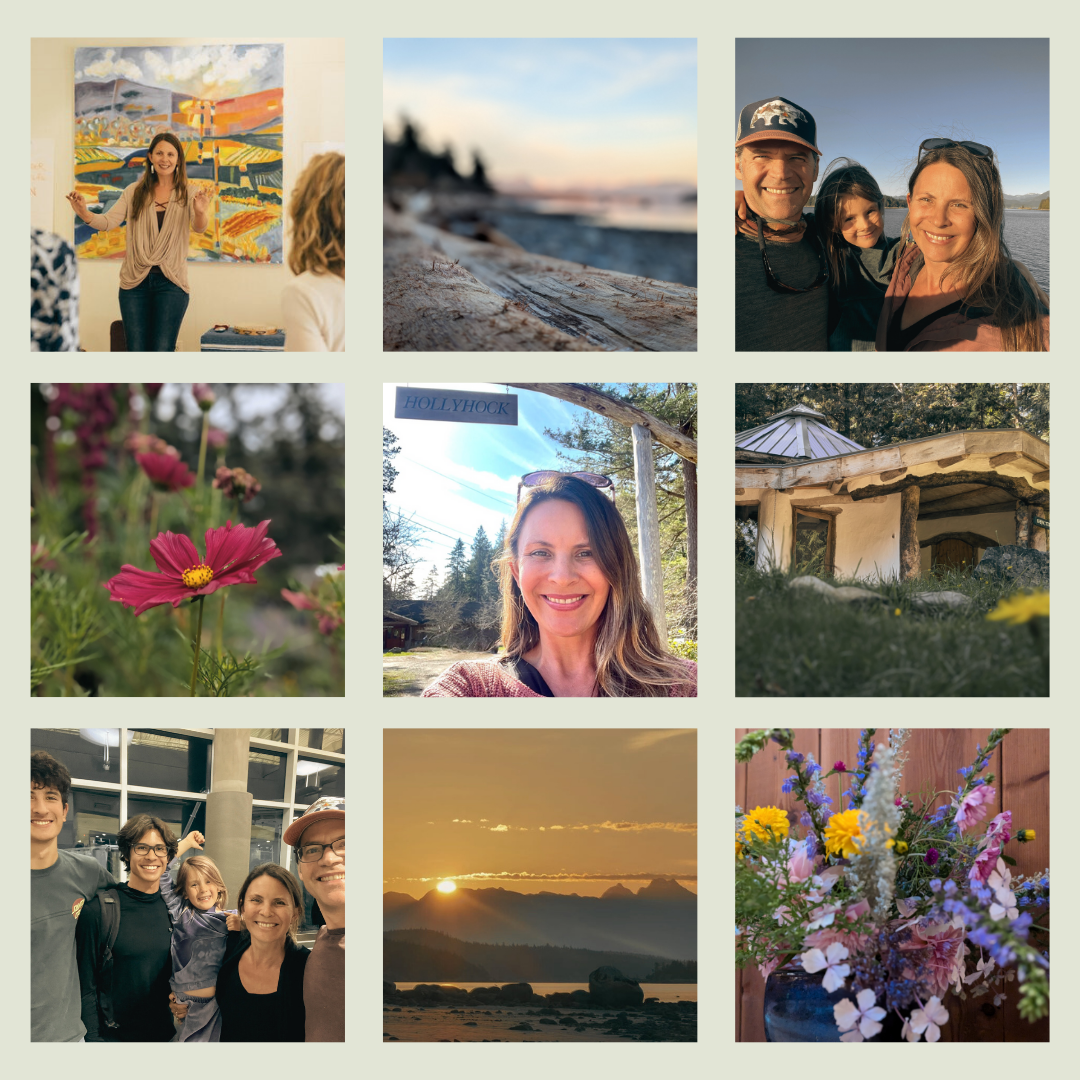I tend to think in visual images and poetic metaphors, so some new ways to communicate have emerged as I’ve explored this set of questions:
What makes trust possible?
What interpersonal practices help to create trustworthy relationships?
What does trust look like in a group?
What does trust help to foster?
For these past several years I’ve been fortunate to make my livelihood as a facilitator with groups: most have included professionals and other leaders from diverse contexts. These programs I’ve guided can be referred to as ‘Circles of Trust’.
Some of my learning was inherited from the activist and social thinker Parker J. Palmer and the experience of the fellow facilitators who have mentored me. Over several decades, a set of guidelines were developed in this learning community: what have become known as the ‘Touchstones’ of this way of being together.
Every time we read these guidelines aloud in group, I rediscover the profound wisdom embedded in these operating instructions.
Intentional group discipline helps to create a safe and trustworthy space.
A safe space makes it possible for trust to emerge.
These touchstones have proven to be wise and dependable practices. A staff team, an organizational or a community group that longs for trusting relationships can find great wisdom in these practices.
As much as I value these guidelines, I have sought other ways to describe what it is we are trying to do in these groups. I tend to think in evocative stories, visual imagination, and poetic metaphors, rather than prosaic bullets of information. I’ve been attentive to what I’ve been visualizing in these encounters.
I’ve collected images of how trust is possible and what it is that trust creates.
These simple metaphors help me to understand and describe the conditions that make trust and mutual respect more likely to emerge. What is a group environment that is safe for human habitation? These images help me to more fully understand how a generous and hospitable community comes into being and what it is this community may provide for each person.
(Full confession! I’ve wondered if my being a recycled preacher, I have conformed to an old preaching trick. Please forgive me if that’s true! The trick is: in order to help listeners remember the sermon, the preacher often begins each idea with the same letter. It makes it easier to remember them. Alas, these seven images all happen to begin with a W. In actual fact, it just worked out that way. Honest! )
1. Wattage

Inner truth is a weak signal that can be difficult to hear.
There is a dependable and accessible source of wisdom within me. Every wisdom tradition speaks to this reality. My soul is consistently trying to get my attention: my heart is gently persistent. Yet, this signal tends to be subtle. That is the problem: it is less demanding than the loud din of urgent drama that saturates my outer and inner hearing. Inner wisdom is quieter than the pressing voices outside and the confusing ones within me.
In a mutually respectful group, I am invited to speak aloud what wants to be said. No one judges these words. I’m invited to hear my own voice. The wisdom I speak is audible. It is not just a thought or an idea in my head. My words push out from their deeper source; my lungs, vocal chords, mouth and body are activated in response. These words have substance. They echo around the walls of the room. And they are heard by the real people who receive them for me.
I gain courageous energy in the trust of others.
This all increases the wattage of my heart signal. A quiet loving group who knows how to listen is an amplifier of the human soul. I can hear more of my wisdom. My insights are being amplified in the presence of a community. The volume dial of my words gets turned up. My inner truth becomes more resonant and clear to me.
2. Witness
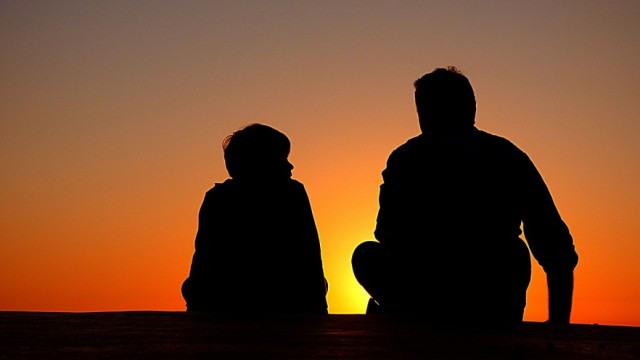
I can be witnessed into being.
There are many ways to listen to another person. I’ve found that one of the most helpful ways to listen to another is to listen as a witness.
Those who have lovingly witnessed me in these circles have held a creative tension of neither invading nor evading me. A respectful boundary of autonomy is maintained; the mutual mystery of one another is honored. These witnesses have learned how to hold a boundary. There is no attempt to analyze me nor to solve my problem. They believe that I have the wisdom within me. And they intently regard my words and my life.
Yet they don’t abandon me! They don’t evade my struggle, fears or shadow. They remain alert and engaged and ‘hear me into deeper speech’.
It is a profound act of love to regard another life as a sacred mystery.
I often interchange the word ‘witness’ with the word ‘presence’. I know when I have been witnessed by another when I’ve experienced the palpable presence of the other in how they have respectfully accompanied me
In being witnessed by others in these small circles, I’ve also encountered my inner witness that never abandons me. There is a reflective and observant calmness as my true self witnesses the frenetic events of my busy existence. In all this, because of how others have accompanied me as witnesses, I’ve discovered it is easier for me to recognize this inner reality.
3. Winnow
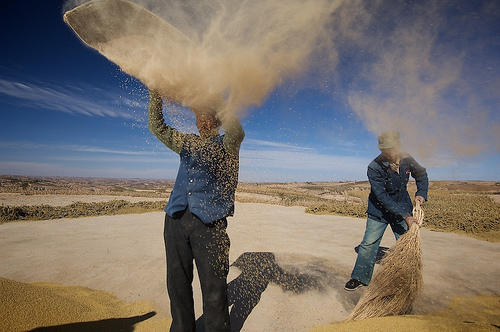
I can learn to separate the grain from the chaff.
Why do I keep thinking the same obsessive thoughts? I find that I have been tossing around the same old stuff from my life… year upon year, journal entry after entry, and program after program. Alas, I’ve slowly learned why this is and how to be more patient with myself. I have come to realize that what I’m doing can best be understood as winnowing.
Winnowing is an ancient agricultural method for separating nutritious grain from the less nutritious chaff (husks and straw). It can also remove pests from grain. Threshing, the liberation of grain from the husks and straw, is the first step. It involves tossing the harvested material up so that the wind blows away the lighter chaff. As this is repeated, the heavier grains land on the ground, more of the husks are broken, the straw releases, and the denser grain is what is left behind.
My life experience is both grain and chaff: denser truth contained in the raw data of my thoughts and the event of my life. In a trustworthy community, I’m invited to toss up my experience and allow it to hit the ground.
It is not a surprise then that I keep working over the same material.
I winnow my words as I speak aloud. I place what flows from my voice out in front of me. I toss them up in the air, and they land in the center of the circle where the husk cracks open. The truth becomes denser. And it’s important that I be allowed to winnow my own pile of experience! I value the respect of a group that can give me this opportunity to thresh my insights. Indeed, when there is trust in a group, there is a gentle breeze of encouragement: a loving energy wave. It helps to blow off the chaff that is breaking free from the grain.
I can make bread with what I can recover. It makes nutritious flour. This denser truth feeds my soul.
4. Waste-to-Nutrient

It is helpful to mix the pile and give it some air!
I was a manager at a zoo that covered about 100 acres of land. The zoo produced a lot of… organic material. We had a very large pile of it in the area out back from public site. From time to time, the pile was flipped by front end loaders. Even on the coldest winter day, the pile steamed from the busy microbes working away. Even more steam and grey ash were exposed each time the equipment dug into the heart of the pile: to give it air and to mix the old with the new.
Each life event is fresh organic matter.
Each experience that fades into history is tossed onto the others. There is a lot of stuff in the pile after a few decades! And then active ‘microbes of memory’ break down the bulk of these events; they consume the carbon and water to reduce years of memories to some valuable nutrient-rich ash of wisdom and insight. This broken down organic matter is essential to life.
When I began to see my life events as compost, it helped me to understand something that had bothered me for a long time: why I remembered so much of what I have learned! Years of study and diverse life experiences: I can recall so little of it in detail. I realize now that all of this needed to break down into ash. It required time and composting.
And this breaking down of the compost of my life gains even more assistance in the presence of a trustworthy group.
As I speak my inner truth aloud, I get to flip the pile.
Comparable to winnowing, I toss up the mixture as I verbalize my insights. Old and new ideas and events get to mix. Some fresh air is brought into the tightly compressed and obsessive thoughts in my head. And the microbes do their faithful work. I can grow a life on what remains.
5. Weave
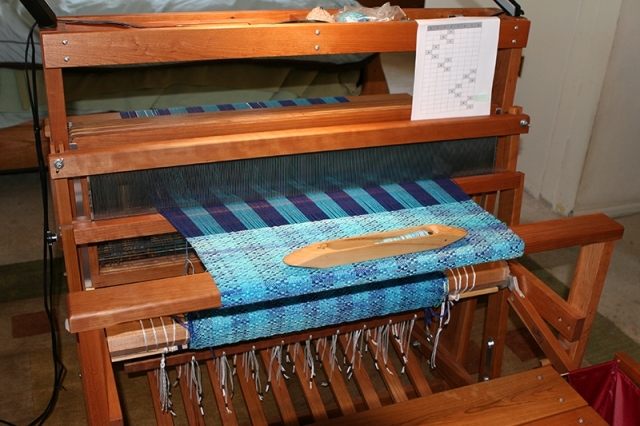
Trust creates a loom.
I have an old woven piece of fabric that I drag along with me from program to program. Before people begin to arrive, it is the first thing I take out from my workshop box to lay on a low center table in the middle of the circle of chairs. It helps to remind me of what we are doing together.
Each time I speak, I introduce a coloured and textured thread of meaning.
And as another person gives voice to what their heart is revealing, they also offer up a thread. And so it goes as each person speaks as they respond to an inner invitation.
Those threads don’t just lie there. They are introduced into a collective narrative that mysteriously knows how to weave them all together. A loom is operating and receiving each thread. I don’t control this loom. I’m not guiding the creation of the tapestry: nor is anyone else in the circle. Yet together, as we each offer up our individual threads, some larger truth is emerging. These individual accounts are accepted by this active loom to create a communal meaning and a shared story that we all recognize has been woven in our presence.
6. Wild
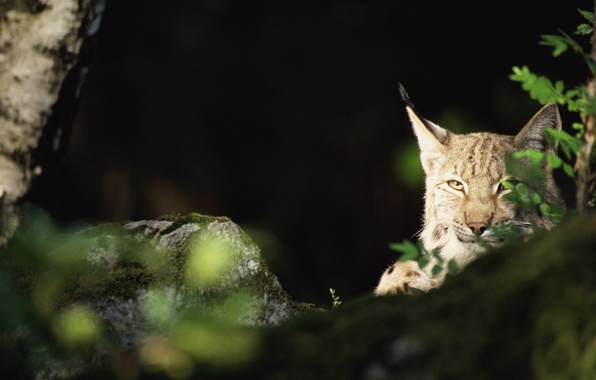
The true self is wild.
During the nine years I worked at the zoo, I was asked if I had a favorite animal. I did. It was the lynx that lived there. There is something about these cautious, mysterious, and quiet cats that continually fascinates me.
Lynx are stealth hunters. They know how to remain still and to blend in and camouflage themselves into the woods. They also know how to use dense cover to move with utter quiet on their large padded paws. Often visitors at the lynx viewing shelter would ask staff if there were any lynx in their forested exhibit. They couldn’t see them. The staff would help to point them out. Look over here. Once they were pointed out, visitors would suddenly be able to see them. Sometimes, it took some patience for these cats to become visible.
Parker Palmer has shared that among the metaphors for the human soul, the one that has been the most helpful to him has been this image of the soul as a wild creature. The soul is wild.
My true nature is my primal and elemental self.
Like a wild creature, my soul is also exceedingly shy and cautious. If I want to see a wild creature, a lynx for example, what do I need to do? I need to be patient. I need to move slowly and find a place to sit. It helps to make as little noise as I can: to move as little as I can. I blend in. I heighten my sensory awareness. I pay attention. I wait.
If I’m willing to discipline myself, to be still, I may catch a glimpse of the wild self.
I may only see it from the corner of my eye or just in a brief movement. Yet even a chance and brief encounter with this reality of who I am can transform my life.
In a trustworthy group, I gain more courage to wait for our wild souls to appear. I am heartened because these fellow companions, in the discipline of silence and wonder, are willing to share in this vigil with me.
7. Waves
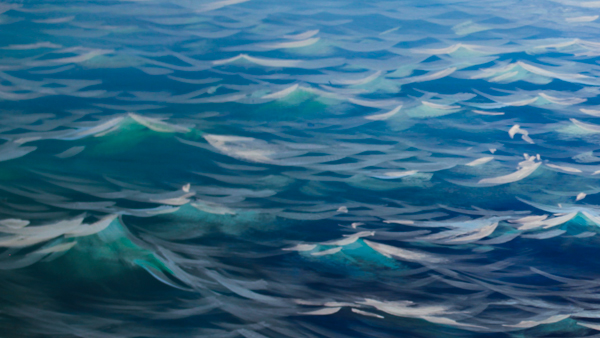
Every wave has information.
A decade ago, I listened to Canadian anthropologist Wade Davis describe the renaissance of ancient ocean navigational practices that is underway in Polynesia: the rediscovery of the skills of wayfinding. His talk sparked a keen interest in me. I began to read several books about wayfinding.
Wayfinding is the art of understanding where you are… and where you are going: to do so without the tools of maps, charts, compass, sextant, or GPS. Ancient navigators in the Pacific covered millions of square kilometres of ocean far away from land for weeks at a time and found thousands of islands. They did so without any of these modern navigational projections or aids. Over eighty generations of oral teaching and by chants and stories, they voyaged from Asia and taught one another how to wayfind by direct observation of the environment, by holding a vision of the island ahead, and by a highly attuned attentiveness to sensory data.
A wayfinder memorizes a few hundred stars, where they rise and set, and how they move across the night sky. The travel of the sun, the moon, and cloud coloration and formations are important. Animal encounters and especially the behaviour of birds are indicators of the location of land.
Yet, the most essential skill for a wayfinder is interpreting waves and swells.
The stars are only visible for half of every day and the night sky is often obscured by cloud cover or fog. Thus, the most consistent source of navigational information is the pattern of waves that continually move the boat in a rhythmic motion.
I was invited to spend some time with navigators on the Hawaiian Islands a few years ago. My interest in wayfinding has been growing and from a chance mention of my ongoing study to a colleague who lived in Honolulu, I was introduced through her to members of the Polynesian Voyaging Society . One of the navigators on the island of Hawaii, Kaimana, graciously spent a day with me and my partner Robyn. He made a simple statement during that day together that has since remained with me. “Every wave has information.”
There are different types of waves. Some waves are created by localized storms. These waves are important to discern because they indicate the direction and ferocity of storm activity and high winds. Another important set of wave patterns are created by reflection and refraction waves from the disturbance of islands not yet visible. These can be detected by an experienced wayfinder from a long distance away from land. However, the waves that are vital to wayfinding are those that provide a reliable bearing. These are the sets of navigational swells. Swells are the consistent large and rolling waves- the matrix of the ocean- created far away by typhoons or by the constant trade winds of the hemisphere. They can be trusted to provide direction regardless of whether the stars are visible or the boat is encased in fog. A wayfinder maintains a bearing by the feel of pitch, roll and yawl or the rhythmic motion of the boat. Sometimes this must be maintained for weeks at a time on a longer voyage.
I find that imagining waves and wayfinding has provided a most instructive metaphor for what we are doing together in a trusting community.
We are helping one another become attentive to the inner wayfinder.
I am encouraged to cultivate an awareness of my life that is able to discern the wave patterns around me. Each thought, intuition, emotion, bodily sensation, relational encounter, event in my life, and insight is a wave of energy. Each wave has information.
Not all waves are providing the same information. Some waves are drama- they are weather information about events circling around me and within me. Some waves are bouncing off of the future that I can’t yet see. The reflection waves are reaching me as a hunch, a glimpse, an intuition, or a vision. They are a disruption that may indicate a place I need to reach or avoid. And the most important swells are the consistent navigational waves that guide my life: my deepest held beliefs, meaning, life purpose, identity, values, faith, and trustworthy relationships.
I know where I am and where I’m going when I can feel this rhythm pattern and trust the bearing provided to me, even in stormy and confusing seas.


